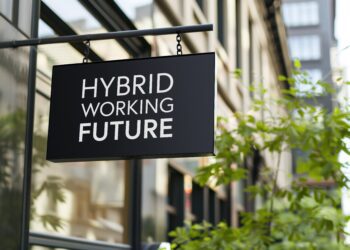Here’s what every company can do to check in with employees during times of change, managing transitions in ways that lower threat levels while boosting wellbeing.
With that insight, organizations are in a better position to manage such changes and workplace experiences according to how people perceive them, and take remedial action.
We validated three ways that a person perceives a difficult workplace experience:
- as a threat to identity value: the person feels their given identity is being devalued.
- as a threat to identity meanings: the person’s current understanding of their given identity is no longer sustainable.
- as a threat to identity enactment: the person feels the new experience is going to limit or prevent them from expressing their identity as fully as they did before.
The subjective nature of the threat is important to consider here. That’s because not everyone will perceive or react to the same workplace experience in the same way.
For example, the introduction of new technology may leave one person feeling threatened while another might not.
Additionally, a given experience, such as the introduction of new technology, need not generate all three types of identity threat: Employees might find the meaning of their work changing yet at the same time feel no less valued and still be able to engage in activities and interactions that let them express their identity.
Moreover, it’s not inevitable that when identity is threatened, people will automatically quit or exit. They could still reframe the threat as an opportunity — a chance to learn and grow — and subsequently reappraise their identity, deriving positive new meanings, value and expressions.
Take the pulse of your employees
To help ensure your own organizational triggers don’t provoke negative or undesired outcomes, it’s vital to take the pulse of your employees. I recommend managers go through a similar exercise as we did in our study.
Maybe you’re thinking of implementing a change like switching from in-person to online working or, as is increasingly the case today, mandating remote workers come back into the office full-time. Or maybe you’re rolling out AI software, which is radically restructuring people’s work.
It doesn’t have to be anything radical, either: you may simply want to check in with people going through personal, life-event transitions; or maybe something is happening in the wider social and political environment that is affecting the way people perceive themselves and their identities.












